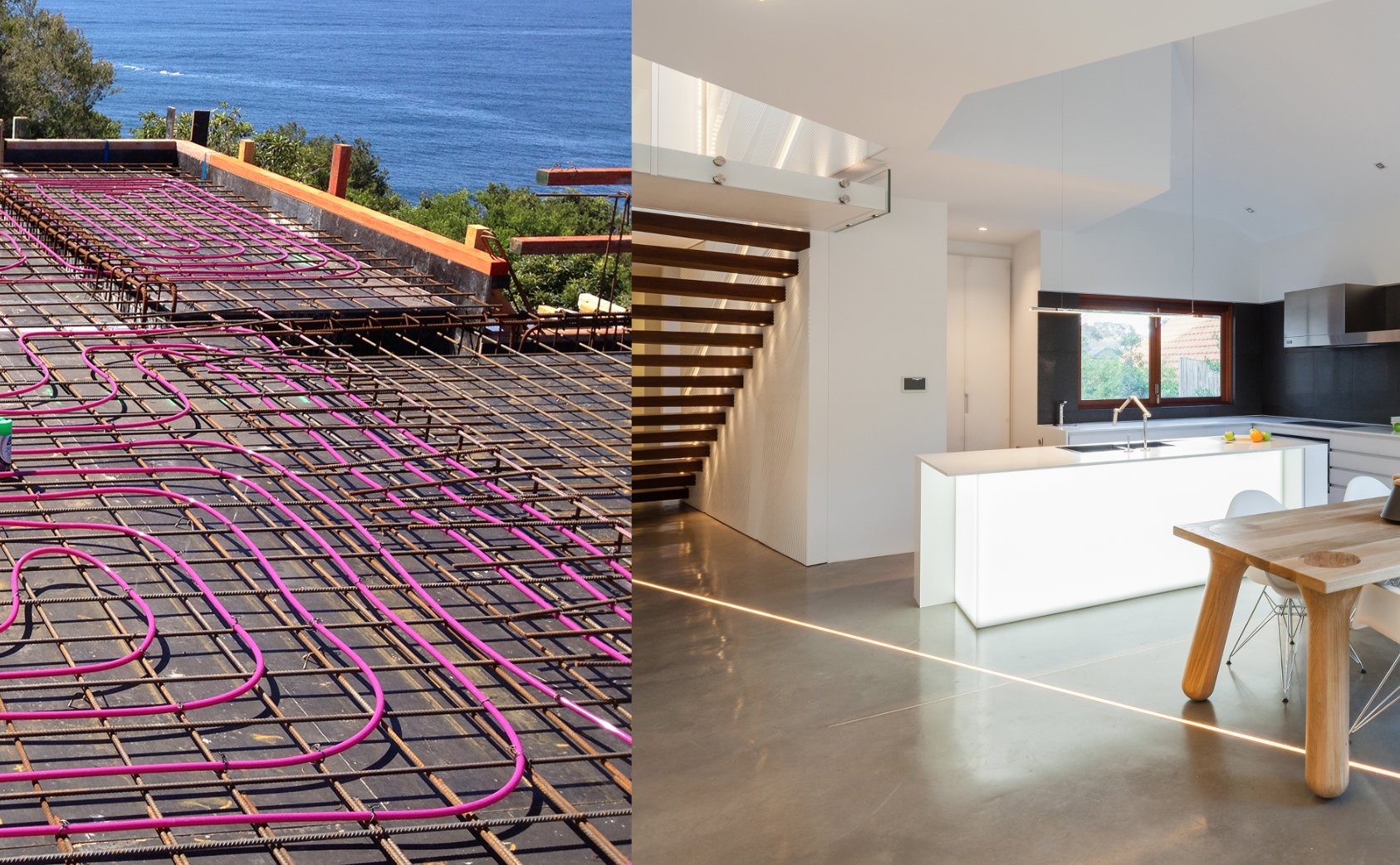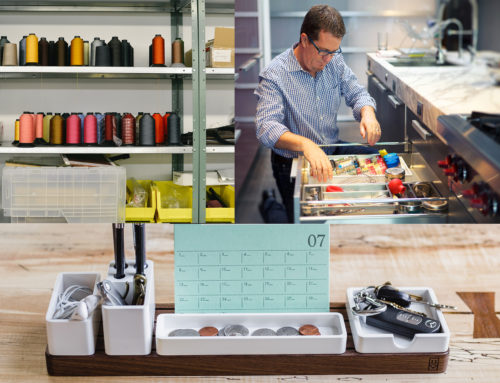Sandra Skelly, General Manager at Comfort Heat sheds light on some of the burning questions that arise when deciding on floor heating options for your home
What are some options for someone who is looking to install floor heating?
Floor heating systems are available for most floor installations, and the type of floor installation will dictate the system that is best for each particular project. If a bathroom floor is to be heated usually tiles will be laid and there will be a 20-millimetre (mm) bed of cement laid under the tiles to ensure all water on the floor runs to the floor waste. The In Screed electric cable is best for this installation and is installed over the waterproof membrane within the 20mm cement bed under the tiles. If the tiles are to be directly stuck to the floor, the ultra-thin electric cable system will be required as this will fit within the 5mm of tile glue used to stick the tiles to the floor. Under carpet and under timber floor heating foil mats are available and these are installed directly under the carpet or floating timber floor over the underlay. All the above systems are quick heating systems and are usually used for bathrooms or renovation projects of larger floor areas.
If someone were wanting to invest in floor heating, how will the size and frequency of use impact the system they were to choose?
If a cement slab is being installed, then the size of the slab will dictate the floor heating system which is best to use. If it is a small addition to an existing property, an electric In Slab heating cable can be installed in the slab. The slab will hold the heat for long periods of time, so this heating system can utilise the off-peak rates of electricity available overnight. This makes the running costs of the electric In Slab heating cost effective.
If larger areas of a new home build are being heated, the hydronic heating system will become a preferred option. This system will utilise a heat source to provide hot water to pipes located in the floor. This will then heat up the base slab or a 50mm cement bed topping on a subfloor. The heat source can be varied depending on the services available on the site. Natural gas is the cheapest to install and has the least impact on the fabric of the building. Electric heat pumps are the next option when natural gas is unavailable. They can provide 4 kilowatts (KW) of heating for the expenditure of only 1KW of electricity. This means that instead of using 16KW of electricity to heat a large floor with electric floor heating cable, only 4KW of electricity will be needed to get the same result from an electric heat pump. This also makes a heat pump an ideal choice if solar photovoltaic (PV) panels are available on the project.
What control options are available?
All the floor heating systems are controlled by thermostats which have floor sensors. This gives maximum control of the system to minimise wasting energy and maximising comfort. The new thermostat range available at Comfort Heat has Wi-Fi capability which means multiple thermostats can be controlled together on a mobile phone or mobile device from anywhere in the world.
How can a customer maximise cost-effectiveness when installing a new system?
The type of floor heating system will dictate how the system is used in practice. A bathroom floor heating system will be quite small and have a low electricity demand. As such the cost of running the system can be quite low and the benefits of having a warm dry bathroom are many. If the floor heating is left running at a low heat then all the floor will remain dry, towels will dry, there will be no musty smells or mould, grout will not discolour and overall, the bathroom will age better.
If a In Slab electric system is installed, you can set this system to heat at night making use of the cheaper electricity tariffs. If a hydronic In Slab system is installed, you could run this all day maintaining a constant low temperature in the slab.
Floor heating is not hot heat, and it is not instantaneous. Over time the radiant heat from the floor will heat everything in the room and the furniture and walls will radiate heat into the room. A constant comfortable heat will permeate the home from all points in the floor.
Is there a particular time that is best for installing floor heating – during renovations, for example?
Floor heating systems are limited for renovations of existing homes where the floor is not being renovated. The most common time for installation is in a new bathroom or for any rooms where the flooring is being replaced with tiles, carpet or floating timber floors. A new building has more options depending on the stage the floor heating is designed into the build. All options are available at the start of the design phase, and less becomes available as the construction phase begins. The earlier floor heating is designed into a new build the more flexible the options will be to meet the needs of the finished product




